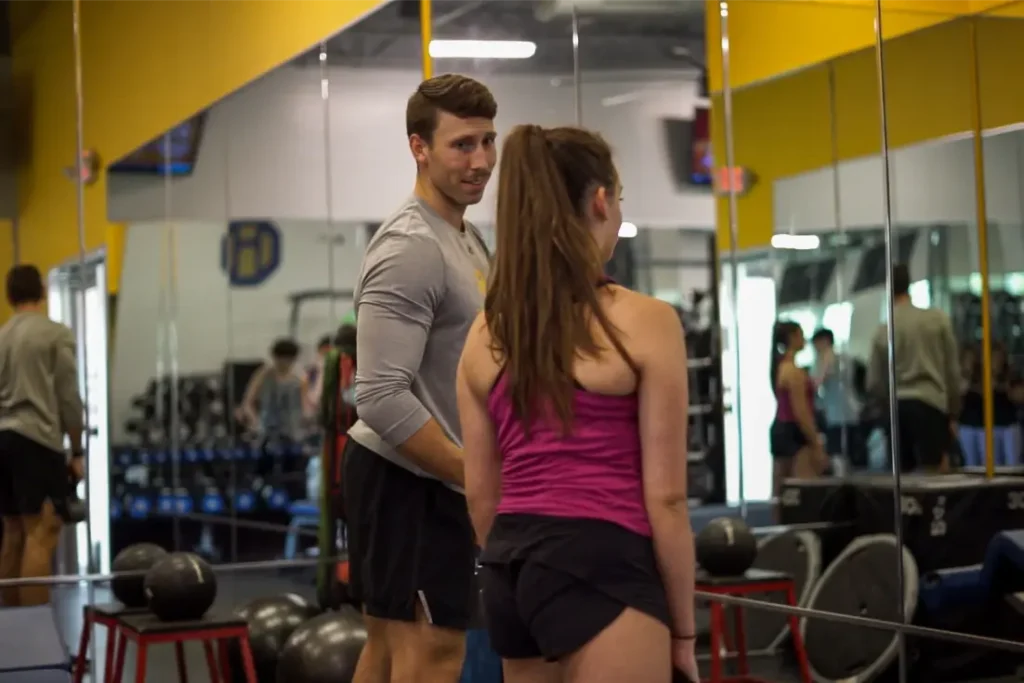When it comes to maximizing your time and efforts at the gym, full-body workouts are a game changer. In this article, we’ll delve into the ideal structure of a full-body workout, ensuring you get the most out of each session.
Understanding full-body workouts
This approach is highly efficient for those seeking comprehensive fitness improvements within a limited timeframe. Unlike workouts targeting specific areas, full-body routines ensure a balanced development of strength, endurance, and flexibility. They also promote better muscle coordination and functional fitness, which is crucial for daily activities.
Key components of a full body workout
A comprehensive full-body workout should include the following components:
- Cardiovascular exercises: These are exercises that raise your heart rate and increase your endurance. They improve cardiac health and can aid in weight loss.
- Strength training: This involves using resistance to work against muscle groups. It’s not just about building muscle mass; it’s also about improving muscle strength and endurance.
- Flexibility and balance training: This often-overlooked component is vital for a well-rounded fitness routine. It improves posture, reduces the risk of injuries, and increases the range of motion.
Sample full-body workout routine
Begin with a 10-minute warm-up consisting of dynamic stretches and light weightlifting to activate your muscles.
For the core segment, incorporate weighted exercises such as Russian twists with a medicine ball or weighted planks.
Progress to the upper body segment with exercises focusing on weighted movements, like bench presses, overhead dumbbell presses, and barbell rows.
Conclude with lower body exercises, emphasizing weights, such as barbell squats, deadlifts, and weighted lunges.
Finally, wind down with a cool-down session, including light stretching and mobility exercises to aid muscle recovery.
Targeting Major Muscle Groups
When designing a full-body workout, it’s crucial to include exercises that target each major muscle group for balanced development.
- Chest: Incorporate exercises like bench presses, either with a bar or dumbbells. These exercises help in building pectoral muscles and improving upper body strength.
- Back: Focus on the back muscles with pull-ups, lat pull-downs, and rows. Strengthening your back is essential for posture and overall upper body strength.
- Abdomen: Core strength is vital for stability and balance. Include planks, sit-ups, and Russian twists to strengthen your abdominal muscles.
- Legs: Squats, lunges, leg presses, and deadlifts are great for working the quadriceps, hamstrings, and calves.
- Glutes: Hip thrusts, glute bridges, and squats specifically target the gluteal muscles, crucial for lower body strength and stability.
Monitoring your progress
Effective monitoring of your progress is a critical aspect of any fitness journey. It not only helps in maintaining motivation but also provides valuable insights into your training effectiveness and areas needing attention.
Set realistic goals
- Short-term goals: These could be weekly or monthly objectives like increasing the weight you lift by a small percentage, adding a few more reps, or managing one more set of a challenging exercise.
- Long-term goals: These are broader and more ambitious, like achieving a specific body fat percentage, gaining a certain amount of muscle mass, or being able to complete a complex workout routine.
- Performance-based goals: Focus not just on aesthetics but also on enhancing performance. This could mean improving your time on a 1km run, increasing your maximum deadlift, or being able to perform advanced calisthenics movements.
Track workouts
- Workout log: Keep a detailed record of each workout session. Note down the exercises, the weight lifted, the number of sets and reps, and any variations or techniques used.
- Body measurements and photos: Regularly taking body measurements and progress photos can provide a visual and measurable representation of changes.
- Mood and energy levels: Record how you feel after each workout. High energy levels and a positive mood post-exercise can be indicators of a well-suited workout routine.
Conclusion
Full-body workouts are a comprehensive way to improve fitness efficiently. With the right approach, you can enjoy a balanced, fulfilling gym routine. Looking for a gym to start? Claim your 3-day free pass at HiTone Fitness South Congaree and get started today.







